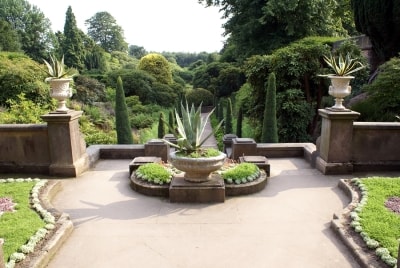TIPS FOR PLANNING A RETAINING WALL
When some people think of retaining walls, they think of them as serving a strictly utilitarian purpose. While retaining walls are certainly ideal for holding back soil, they can also be aesthetically pleasing when they are incorporated into your overall garden design in Westchester County. Whether you choose natural stone or masonry for your retaining wall, it’s a good idea to plan ahead so that your wall blends in and serves its intended purpose. Keep reading to find out more about planning a retaining wall.
Consider Different Shapes
Your retaining wall does not have to follow a straight line if you don’t want it to. Consider planning your retaining wall with curves to add visual interest to your landscaping, and to make your yard more appealing. A curved retaining wall might even work better with the boundaries of your property, so try laying out a rope to see what the edges might look like as you’re in the planning stages.
Determine the Right Size
Depending on your landscaping needs, your retaining wall may only need to be a few feet high—or, it might need to be significantly taller. If you are planning on working with a landscaping company in your area, they should know about the local codes on how high a retaining wall can be. In some cases, you might have to obtain a permit to build a wall over four feet high.
Think about Terracing
To create even more texture in your landscaping, consider planning a retaining wall that incorporates different levels, or terraces. Terracing gives your retaining wall a more gradual way of controlling a slope, and gives you the opportunity to create different landscaped sections on each level. For example, you might plant flowers of a single color on each step, or group one kind of flower on each level as you go up.



